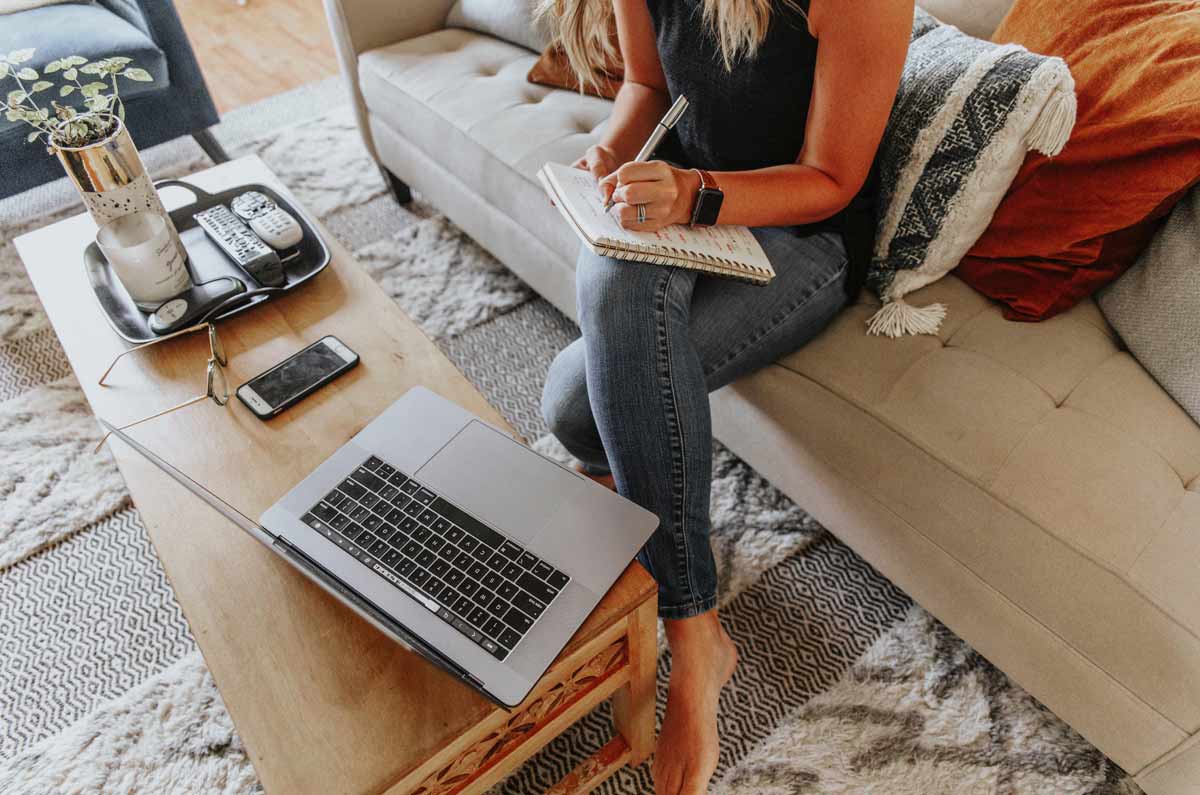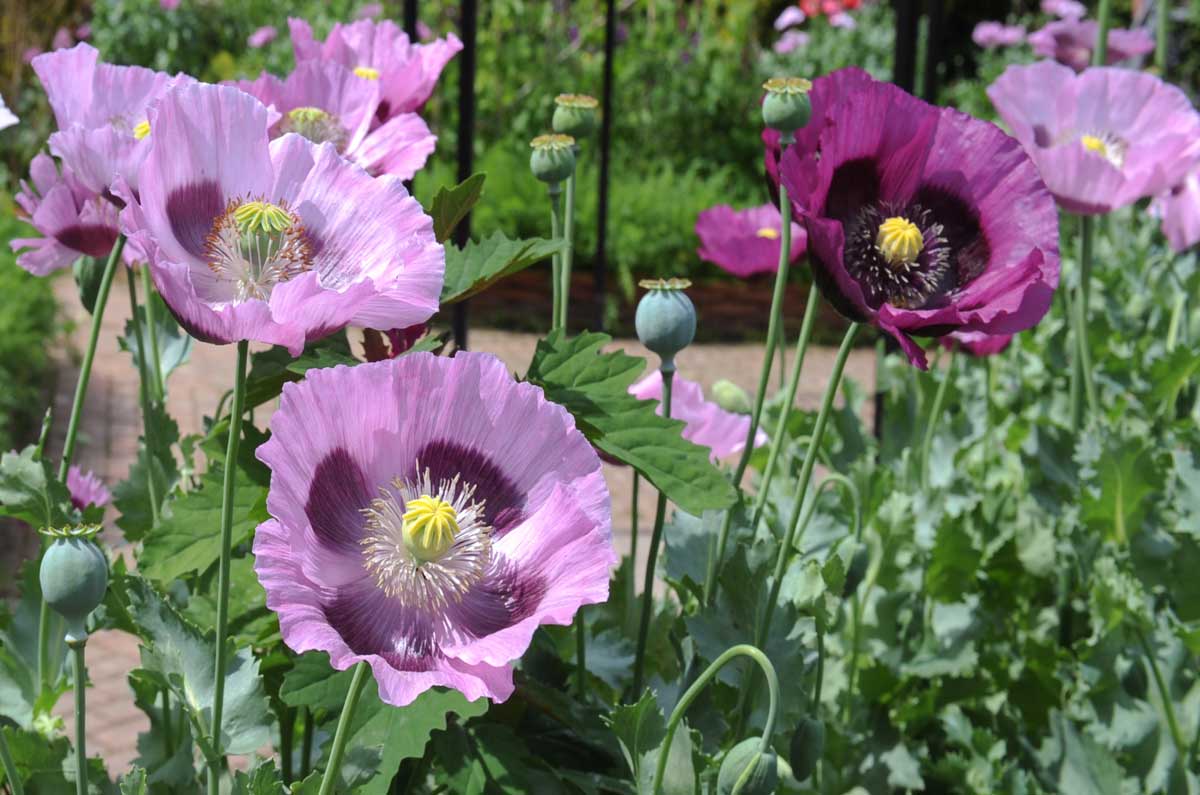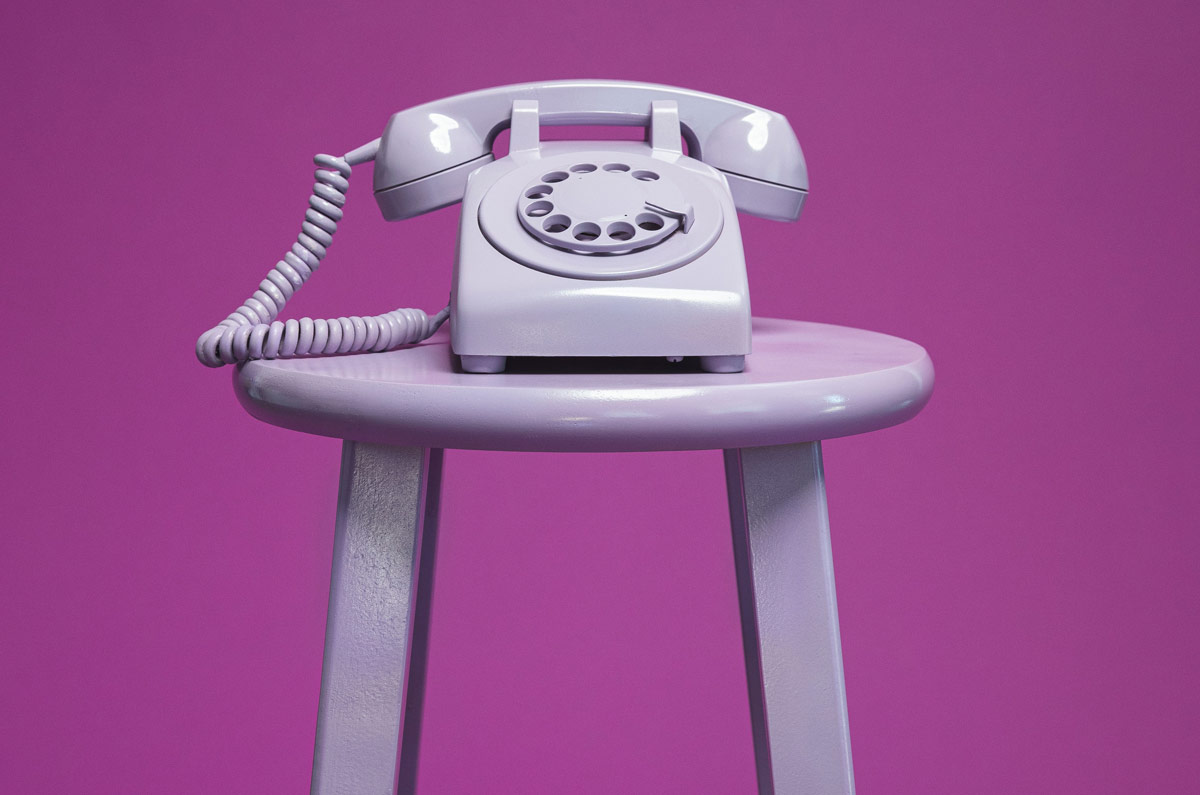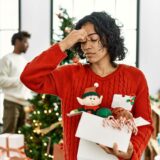Sore neck? Back? Knees? Feel like you’ve aged 20 years with all the niggles, twinges and outright pain you’re feeling lately? You’re not alone. Many of us, even those who don’t live with a musculoskeletal condition, are feeling the physical effects of months of isolation, changes to our routine and living more sedentary lives than usual.
There are many reasons for this, and the good news is there’s lots you can do to deal with these annoying aches and pains.
Working or studying from home
When many of us first started working from home, it felt strange but also pretty cool. No dreaded peak hour commute. Yay! Instead we moved a bit more leisurely, lingered over coffee and our slippers stayed on all day. But after months of sitting at makeshift desks, or using laptops for hours on end, or struggling with tech issues and video calls, the cool phase is well and truly gone.
You may notice that you’re getting a sore neck more often, or your back aches, or you’re really tight across your shoulder blades. Or when you stand up your knees and/or hips let you know quite emphatically that you’ve been sitting in one place for a loooong time.
The problem is most of us don’t have a dedicated working space that’s set up as well as the one we had in the office. And since we’re likely to be working from home for quite some time, we need to deal with these issues rather than continuing to put up with them and the resulting aches and pains. Some simple things you can do include:
- Have a routine – and stick to it. Find what works best for you and your specific situation. Whether you’re home schooling your kids, sharing your work space and equipment with your partner, or keeping your pets off your laptop, all of these things will factor into your routine. For me, internet access is really poor during the late afternoon, so starting work earlier and finishing earlier meant I could work more productively and with much less frustration. We’ll all have different solutions to suit our unique situations. So work out what’s best for you and stick with it. And don’t forget to talk with your employer if your new routine affects how/when you work.
- Check out your work space. Is it helping or hindering you? Are you putting up with an uncomfortable space because you’re not sure what else to do? If so Safe Work Australia has a guide to help you set up your workstation and ABC News also has some practical hacks to take some of the pain out of working from home.
- Move. When you’re working from home it’s easy for time to get away from you. We don’t have our usual cues to move such as getting up to go to the copier or attending a meeting in another room or just going to chat with a workmate. We’re sitting more and moving less. So you need to schedule time to get up, move around, stretch, go outside. Set up regular alerts on your phone/computer/watch – whatever works for you – and make sure you move. You’ll really notice a big difference at the end of your day.
- Talk with your employer. If you need to adjust your hours, or you’re having issues with equipment or tech, or you’re having other issues working from home, discuss this with your manager or with HR. Together you should be able to come up with some solutions to ease these issues.
Managing stress
We’re living through a worldwide pandemic. Even after several months it feels surreal to say that. It’s important to acknowledge that it’s a really stressful time. Apart from worrying about getting sick, we’re also stressed about work, making sure the kids don’t fall behind at school, managing our chronic conditions, our finances, our family, and concern about the future. Add in the current unrest across the globe and it’s amazing we’re not all hiding under the bed.
But stress can cause physical aches and pains. It can also affect the quality of our sleep, our pain levels and can trigger a flare. So it’s important we find ways to manage stress effectively.
Many of the practical strategies we use to manage pain can be used to manage stress. These include: deep breathing, exercising, pacing, talking with a friend, mindfulness, guided imagery, progressive muscle relaxation and doing something you enjoy (e.g. reading, gardening, walking your dog, playing music).
But if you’re finding it difficult to manage your stress, talk with a professional such as your doctor or psychologist. There’s help available. And remember you can access them via telehealth if you prefer.
Spending more time at home
Even though isolation is easing we’re still meant to stay at home as much as we can. And with the weather getting really chilly, we’re getting cosy on the couch with the doona and the remote, as we binge lots of TV (or is that just me). There’s just so much to watch!
Hanging out on the couch and binge watching TV is ok occasionally, but we don’t want to get into the habit of doing it too often. Slouching on the couch and not moving for long periods can aggravate our existing musculoskeletal conditions. And if we’re not moving and being active regularly it can also make it difficult to manage our weight.
So make sure you get up and move. Take a break. Go for a walk or do some exercises or stretches.
Break up your day with a mix of activities – both physically active (e.g. walking, gardening, tidying) and more passive (e.g. reading, watching TV, sitting at a computer).
Be aware of your posture
Bad posture can sneak up on us. Working at a computer, sitting on the couch reading a book, standing around watching the kids in the playground, lifting shopping out of the boot of your car – if you’re not paying attention to your posture, it’s easy to slouch, hunch over or strain.
As I’m typing this I’m literally straightening up from the curled position I was in, hunched over my laptop. And wow – it feels amazing when you sit up straight. It’s the same when you’ve been sitting on the couch for a while – when you stand up, stretching feels soooo good.
So be aware of your posture as you’re sitting and standing. For more info read our tips for good posture.
Increase your incidental exercise
Because we’re more sedentary than usual, and don’t have many of our usual outlets for exercise, we need to find ways to become more active. Increasing our incidental exercise is one way to do this. Incidental exercise is the little bits and pieces you do over the course of your day such as walking to a letterbox to post a letter, playing with the grandkids, cleaning the house. It’s not a part of your structured exercise plan, but it is important. There are many ways you can increase your incidental exercise without too much effort or disruption to your day. Read our blog to find out more. Before you know it you’ll be feeling more energised and noticing a difference with your pain levels, sleep quality and mood.
Dress appropriately
It’s getting really cold and many of us are a little stressed at the thought of high energy bills as we stay home and use the heater more. It’s tempting to keep the heat down, but that can cause your muscles to become tense, aggravating your musculoskeletal condition. So it’s important to keep warm. One of the simplest things you can do to stay warm is to dress for the weather. Let’s face it we’re not going anywhere, so wear the thick socks, the cuddly jumper and the daggiest track pants. Whatever keeps you warm.
We also need to be mindful of our footwear. Although it’s tempting to stay in our slippers all day, our feet and ankles need proper support. Wear the right footwear for whatever you’re doing. Going for a walk? Put on your sneakers. Working at home? Wear your casual shoes/boots that support your feet and keep you warm. And lounging around in the evening? Get those slippers on.
Be careful of trips and falls
Hands up if you’ve tripped over cables, laptop bags, files, excited dogs, folders, exercise equipment, books, and other stuff that’s suddenly cluttering your home? With all of the other things going on at home at the moment, school, work, exercise, entertainment…we’ve had to make space for all sorts of things in order to be get by. Which means our risk of tripping or falling has suddenly increased, especially if you’ve got nowhere to put these things and they’re constantly in the living area. So be careful as you move around your home – don’t rush, put things away if you can and tie or tape down cables. Preventing a fall, especially if you have a musculoskeletal condition, is easier than dealing with the significant injuries a fall can cause. So please be careful.
Treating pain
Even when you’ve done everything you can to prevent joint pain and muscle strain, you may still find you’re a bit sore. Depending on how severe this pain is, you may be able to treat it simply with heat and cold, massage, short term use of medication, distraction and many other strategies. Check out our A-Z guide for managing pain for more hints and tips.
However if the pain is severe, it’s affecting your day to day activities, your ability to sleep, or it’s lasted for some time with no relief, it’s a good idea to talk with your doctor about it. Together you can find out what’s causing the pain, and the most effective ways to treat it. Don’t simply put up with it.
Contact our free national Help Line
If you have questions about things like COVID-19, your musculoskeletal condition, treatment options, telehealth, managing your pain or accessing services be sure to call our nurses. They’re available weekdays between 9am-5pm on 1800 263 265; email (helpline@msk.org.au) or via Messenger.


















